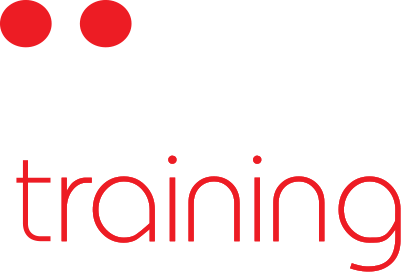IIT Training has successfully held the International Standards Organisation (ISO) 9001 worldwide quality system standard (the five ticks) since 1997. During this time we have experienced a few ‘transitions’ and revisions of the Standard. And, another one is on its way in 2015! During this 17 years, we have witnessed the ISO9001 standard encourage its approved and qualified organisations to consistently improve their management systems. Constant quality improvements mean that the clients of ISO9001 organisations have increased confidence in the products and services these organisations offer. The 2015 upgrade is no different – the emphasis is yet again on not only meeting, but exceeding, client expectations.
The designers of the new 2015 version were set the challenge to meet changes in business management system practices and technologies for at least the next 10 years. SAI Global has advised that the focus of the newly drafted standard will be a ‘risk-based approach’ – a concept always implicit in ISO 9001 but now it is explicit throughout each of the sections.
Risk based thinking requires organisations to analyse and prioritise the risks and opportunities in their ability to meet business objectives. Action to address these risks needs to be demonstrated to ensure ISO9001 organisations consistently deliver their products and services, and constantly monitor and improve client confidence and satisfaction. So, what are some of the other changes within this draft standard (scheduled to be released about September 2015):
- The organisation’s Management System, based on quality processes, will identify risks and opportunities. The current standard (2008) need for mandated ‘preventative actions’ is no longer required.
- Requirements for ISO9001 organisations to be more responsive to changing environments in which they operate their business processes.
- The standard now refers to ‘products and services’ and not just ‘products’ as it is now recognised that organisations in actual fact now deliver both in varying degrees in most outputs.
- The terms ‘documented procedures’ and ‘records’ have now been replaced by requirements for ‘documented information’, as it is recognised that it is now vital for organisations to maintain and retain documented information, as well as organisational knowledge.
- There is no reference to mandated documentation. It is recognised that organisations now use a variety of technologies and tools to manage and record their documented information. That said, organisations must still demonstrate how they are measuring and managing quality metrics for the products and services they provide.
For further information on this transition process see http://www.iso.org/iso/iso9001_revision, and to learn about how to prepare your organisation, see SAI Global’s 9001:2015 transition workshops at http://training.saiglobal.com/tis/promotion.aspx?id=a0c20000008gJawAAE. Also, if you have yet to experience our quality management approach to the talent development services we offer, then please be in touch!

